Are you ready to redefine strength from the inside out? Dive into this ultimate guide to at-home ab exercises, where we go beyond the dream of sculpting a six-pack and uncover the true power of a robust core.
A mighty core is your body's powerhouse, not only enhancing your physical appearance but also fortifying your posture, banishing back pain, and propelling your athletic prowess to new heights.
Let's ignite your core's potential and watch as it transforms every aspect of your movement and stability.
Key Takeaways
-
You can build a strong core at home by engaging in a variety of exercises targeting different core muscles, ensuring proper form and technique, and maintaining consistency in your workout routine.
-
Incorporate a mix of bodyweight, resistance-based, stability ball, and yoga or pilates-inspired exercises into your ab workouts for a comprehensive approach to core strengthening.
-
To maximize ab development, focus on nutrition, include rest and recovery in your regimen and track your progress to stay motivated and adapt your workouts for optimal results.
You don't have to do all 25, of course. You can start with these three simple exercises with the help of your OmniBands—all demonstrated by Dr. Garrett Drumheller PT, DPT, SCS, CSCS in this video.
The Exercises in This Video
-
Pallof Press
-
Half-Kneeling Wood Choppers
-
Resisted Sit-Ups
Building Your Home Ab Workout Routine
Building an effective home ab workout routine doesn’t require expensive gym memberships or fancy equipment. The key is to engage all major core muscles, such as the rectus abdominis, obliques, and transverse abdominis, in harmony to achieve a strong and balanced core. This can be achieved through a variety of exercises, each performed for 30 to 60 seconds over 3 to 5 rounds. And it’s not just about quantity, but also quality.
Remember to focus on proper form and technique for each exercise to maximize the effectiveness of your workout.
Incorporating different exercises that target the core from various angles can create a well-rounded routine. For example, the High Plank Rock not only engages the abs but also strengthens the shoulders, arms, and glutes while improving balance and posture. Let’s delve deeper into the importance of core strength, workout frequency, and proper exercise technique.
Importance of Core Strength
Core strength is like the body’s power generator. The stronger it is, the more power can be channeled to the limbs, thereby improving balance and stability. A strong core supports the spine, reducing fatigue and increasing endurance during physical activities, which also leads to better posture. Exercises like the Hollow Body Hold, which targets the core, are essential for reducing the risk of lower extremity injuries and improving muscle thickness and balance.
But the benefits are not just functional; a strong core also contributes to a defined abdominal area and supports body fat reduction. Evidently, core strength is not just about the abs. It’s about the entire body.
Frequency and Duration of Workouts
Now that we understand the importance of core strength let’s talk about how often and how long we should train our abs. The abdominal muscles can be effectively trained two to three times per week. Rest days are crucial for muscle recovery, which is necessary for the abs even though they can endure more frequent workouts than other muscle groups.
A balanced ab training session can vary in duration, lasting from 5 to 30 minutes, depending on your workout goals and schedule. To increase the challenge of ab workouts, reducing rest periods or adding weighted exercises can enhance muscle stimulation. On lighter days, practicing exercises like stomach vacuums and planks helps maintain core strength without excessive strain.
Proper Form and Technique
Maintaining proper form and technique in ab exercises is crucial to gain the full benefits of the workout and minimize the risk of injury. Here are some tips to ensure proper form:
-
During a bridge exercise, maintain a neutral back and avoid hip tilt. This enhances the effectiveness of the exercise and ensures safety.
-
Always follow step-by-step instructions for each exercise to ensure proper form.
-
Keep the core engaged and align the body correctly.
By following these tips, you can maximize the effectiveness of your ab workout and reduce the risk of injury.
In the following sections, we’ll discuss a variety of exercises that you can incorporate into your home workout routine, starting with bodyweight ab exercises.
Bodyweight Ab Exercises
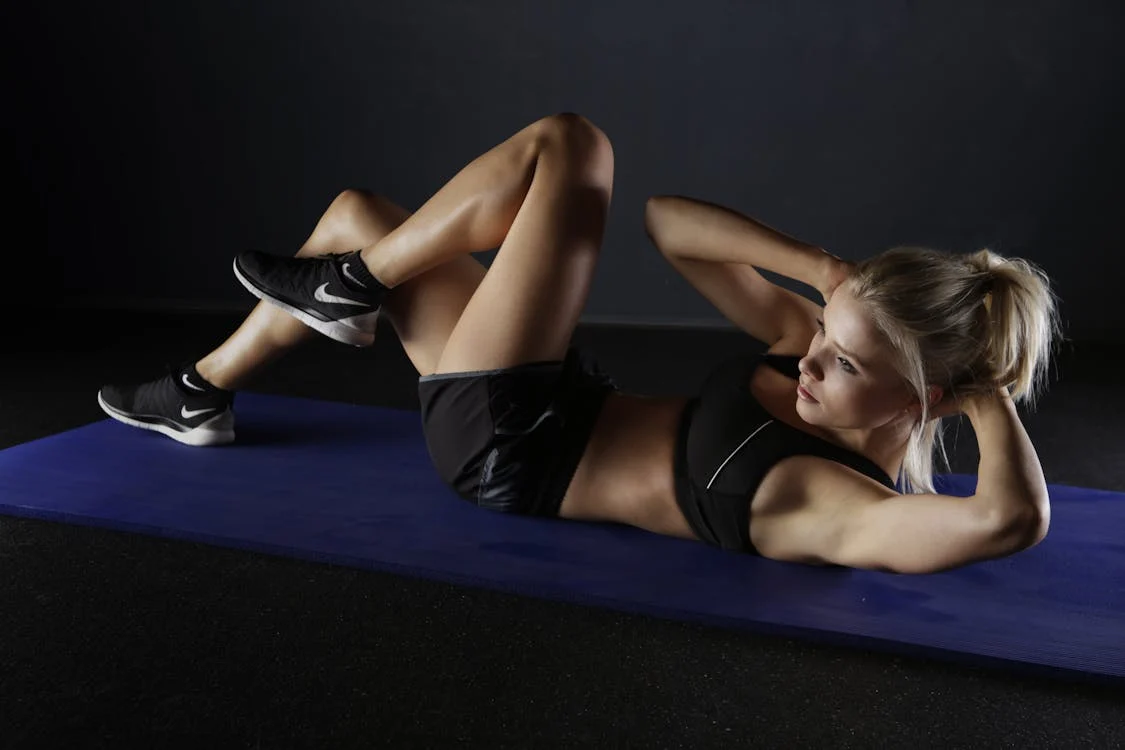
Bodyweight exercises are a simple yet effective way to work your abs without needing any equipment. They can be done anywhere and require only your body weight to provide resistance, making them an excellent choice for home workouts. Some of the most effective bodyweight ab exercises include Flutter Kicks, Plank Rolls, and V-ups.
Flutter Kicks, for instance, is performed by raising the legs above the hips and making small kicks up and down while keeping the lower back connected to the ground. These exercises not only target the abs but also engage the hip flexors, making them a comprehensive core workout. Let’s delve deeper into some of these exercises.
Plank Variations
Planks are a staple in any core workout. They engage multiple ab muscles, making them a crucial component of core exercises. For beginners, modified forearm planks can be performed with knees on the ground. As strength and endurance improve, full forearm or straight-arm planks can be attempted.
For those seeking an added challenge, transitioning between forearm and straight-arm planks, plank walks, and shoulder tap planks can be incorporated into the workout. The versatility of plank exercises allows for continual progression, keeping your workouts challenging and your core muscles guessing. To further engage your core muscles, maintain your arms straight during these exercises.
Bicycle Crunches
Bicycle crunches are an enhanced version of standard crunches and target the internal and external obliques in addition to providing the benefits of regular crunches. They foster improvements in stability, flexibility, and coordination due to the added leg movement involved in the exercise. For beginners, it’s recommended to start with 20 repetitions, which include 10 crunches to each side.
Remember, it’s not about speed but rather about controlled, deliberate movements and proper core engagement. Let’s keep pedaling our way to a stronger core!
Russian Twists
Russian Twists are a power-packed exercise that targets the obliques and involves rotating the torso from side to side while sitting on the floor. To modify the difficulty level, you can perform the exercise with your feet on the floor or lifted off the ground.
A common mistake is rushing the movements, which can lead to less engagement of the target muscles and an increased risk of injury. For an added challenge, try including a medicine ball or dumbbell. It’s a twist worth taking on your journey to a stronger core!
Resistance-Based Ab Exercises
Adding resistance to your ab exercises can take your core workout to the next level. This can be done through the use of resistance bands, weights, or even your body weight. The Banded Bird Dog exercise, for instance, utilizes resistance bands to enhance core and glute muscle activation. The added resistance helps to further engage the core and stabilize muscles during the exercise.
Let’s dive deeper into some resistance-based ab exercises.
Banded Bird Dog
Adding a resistance band to the Bird Dog exercise can increase the challenge, leading to further engagement of the core and glutes. This variation of the traditional Bird Dog exercise is an excellent way to spice up your home workout routine, offering increased resistance and, thus, increased muscle activation.
It’s a bird, it’s a dog, it’s a stronger core!
Weighted Sit-Ups
Weighted Sit-Ups take the traditional sit-up to the next level by incorporating weights into the movement, leading to increased abdominal muscle engagement and strength. This increase in resistance can challenge your abs in new ways, resulting in stronger and more defined muscles.
So, if you’re looking to intensify your ab workouts, grab a weight and give Weighted Sit-Ups a try!
Dumbbell Side Bends
Dumbbell Side Bends are another fantastic resistance-based ab exercise that targets the internal and external oblique muscles. This exercise involves holding a dumbbell in one hand and bending from the waist to the side, then returning to the upright position. The addition of the weight increases the resistance, thus making your obliques work harder.
Remember, a strong core isn’t just about the front. It’s about the sides too!
Stability Ball Ab Exercises
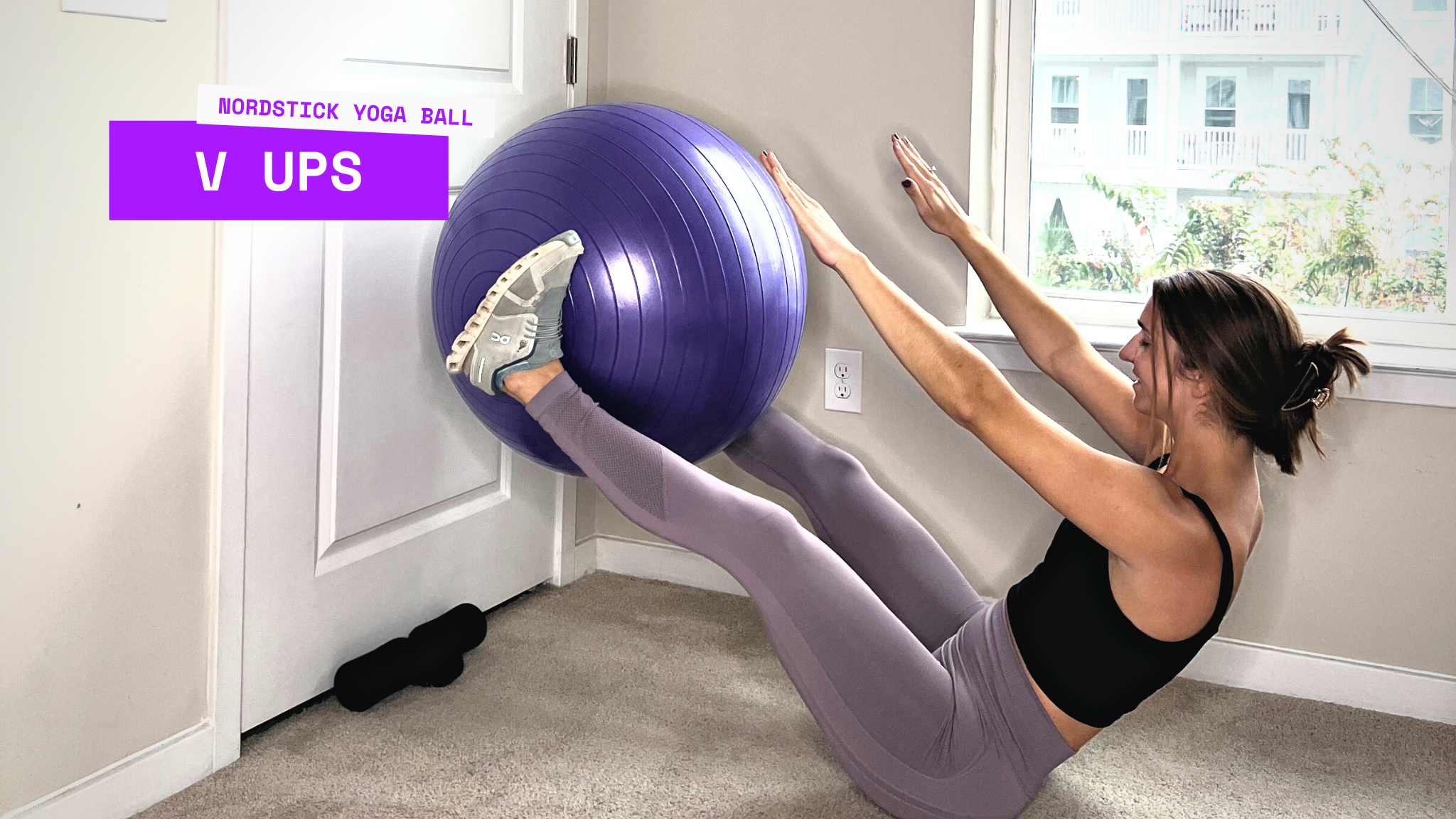
Stability balls are not just fun to bounce on, but they also provide an excellent way to target your core muscles. These exercises can enhance balance and stability, making them a great addition to your home ab workout routine. Click HERE to get your Premium Yoga Ball!
Some exercises you can try with a stability ball include:
-
Ball passes
-
Ball planks
-
Ball crunches
-
Ball pikes
-
Ball bridges
These exercises provide a unique challenge to your core muscles.
Let’s bounce into the details!
Ball Pass
The Ball Pass exercise utilizes a stability ball to enhance core engagement through the motion of passing the ball from hands to feet while lying down. By passing the ball between your hands and feet, you’re engaging multiple muscle groups, making this a comprehensive core workout.
It’s a fun and effective way to train your core!
Ball Plank
The Ball Plank is a challenging core exercise that involves maintaining a plank position with the forearms on a stability ball. This exercise requires you to engage your core muscles to maintain balance on the ball, thereby providing a challenging workout.
To perform the Ball Plank, ensure that your body forms a straight line from head to heels, with your feet flat and core tight to prevent your hips from sagging. It’s a balancing act that’s worth every bit of effort!
Ball Rollout
The Ball Rollout exercise is highly effective in strengthening the entire core, including the abs, lower back, and obliques. This exercise involves:
-
Starting in a kneeling position with your hands on a stability ball in front of you.
-
Slowly roll the ball forward, extending your arms and keeping your core engaged.
-
Once you feel a stretch in your abs, contract your abs to pull yourself back to the starting position. Remember to keep your movements smooth without any jerking, and use your core to pull the ball back towards your knees.
It’s a fun and challenging way to roll your way to a stronger core!
Yoga-Inspired Ab Exercises
Yoga is not just about flexibility and peace of mind; it can also serve as an effective way to strengthen your core. Yoga-inspired ab exercises are designed to engage your core muscles while also enhancing flexibility and coordination. Some examples of yoga-inspired ab exercises include:
-
Boat pose
-
Warrior III
-
Plank pose
-
Side plank
-
Dolphin plank
-
Upward facing dog
These exercises provide a diverse workout for your core.
Let’s flow through some of these yoga-inspired exercises.
Boat Pose
The Boat Pose, known as Paripurna Navasana in Sanskrit, is a seated yoga pose that enhances core strength. This pose involves:
-
Sitting on your mat with your knees bent, feet on the floor, and hands slightly behind your hips
-
Lifting your feet off the floor
-
Extending your arms parallel to the floor
-
Balancing on your sit bones
It’s a pose that not only strengthens your core but also improves your balance and stability.
Dolphin Plank
The Dolphin Plank is a yoga-inspired ab exercise that targets the core, shoulders, and back. To perform this exercise, follow these steps:
-
Start in a forearm plank position with your elbows under your shoulders and extend your legs back.
-
Push your hips up and back, creating an inverted ‘V’ shape with your body.
-
Keep your core tight and legs straight.
It’s a challenging exercise that works your entire core, making it a great addition to your ab workout routine.
Warrior III
Warrior III is a balance exercise from yoga that is effective for strengthening the core. To perform Warrior III:
-
Stand on one leg.
-
Hinge forward at the hips.
-
Extend the other leg straight behind, forming a T with your body.
-
During the pose, your arms should be stretched out in front or alongside your body to help maintain balance.
The key to performing Warrior III is to keep your hips square to the ground and engage your abdominal muscles. It’s a warrior’s way to a stronger core!
Pilates-Inspired Ab Exercises
Pilates is a form of exercise that focuses on balance, strength, flexibility, and body awareness. Pilates-inspired ab exercises offer a unique way to target your core muscles, providing a diverse workout that can be done from the comfort of your home. Some examples of Pilates-inspired ab exercises include:
-
Scissor switches
-
Rolling like a ball
-
The hundred
-
Crisscross
-
Double leg stretch
These exercises are designed to work your entire core for a well-rounded workout.
Let’s roll into these Pilates-inspired exercises.
Scissor Switches
Scissor Switches are an effective Pilates exercise that strengthens the abdominal muscles, enhances spine flexibility, and elongates the hamstrings and hip flexors. This exercise involves lying on your back and moving your legs in a scissor-like motion. It’s important to avoid putting pressure on the neck and to keep your elbows parallel for stability.
So, are you ready to switch up your ab workout with some Scissor Switches?
Double Leg Stretch
The Double Leg Stretch is a Pilates-inspired exercise that targets multiple core muscles. To perform this exercise:
-
Lie on your back and hug your knees to your chest, making sure your left leg is aligned with your right leg.
-
With your legs extended, simultaneously extend your arms out, keeping them straight.
-
Draw your legs and arms back in, returning to the starting position.
It’s important to avoid pulling on the neck or keeping the head down throughout the exercise to prevent strain.
It’s a double challenge for your abs!
Rolling Like a Ball
Rolling Like a Ball is a classic Pilates exercise that targets the abdominal muscles and helps improve balance and control. To perform this exercise, you:
-
Start seated with your knees hugged to your chest, hands on your ankles, and your head tucked.
-
Inhale and curl your tailbone under, rolling back to your shoulder blades.
-
Exhale to roll back up, balancing at the start position.
It’s a fun and effective way to engage your deep abdominal muscles while improving your balance and control. Ready to roll?
Functional Ab Exercises
Functional exercises are designed to train your muscles to work together and prepare them for daily tasks by simulating common movements you might do at home, at work, or in sports. When it comes to core workouts, functional exercises can significantly improve:
-
Strength
-
Stability
-
Mobility
-
Endurance
-
Coordination
From Standing Oblique Crunches to Inchworms, these exercises provide a comprehensive functional workout for your core. Let’s dive deeper!
Standing Oblique Crunch
Standing Oblique Crunches are a functional ab exercise that targets the core muscles during home workouts. These crunches can help avoid the back and neck discomfort often experienced with traditional floor crunches.
The Standing Oblique Crunch is performed by standing upright, placing one hand behind your head, and then crunching to the side to bring your left elbow towards your left knee. It’s a simple but effective way to target your obliques and improve your overall core strength. While performing this exercise, make sure to keep your left arm relaxed by your side.
Spiderman Climbers
Spiderman Climbers are a fun and effective full-body exercise that primarily targets the abdominals and obliques. This dynamic exercise involves starting in a high plank position, then driving your knees toward your elbows, similar to running in place. The engaging movement pattern not only strengthens your core but also improves functional movement, making it a beneficial addition to your home workout routine.
Inchworm
The Inchworm is a functional exercise that not only targets your abs but also engages your arms, chest, and lower back. This exercise involves standing tall, bending from your hips to touch the floor, then walking your hands forward to come into a high plank position. You then walk your feet toward your hands and repeat.
The Inchworm promotes total core engagement and is effective in increasing coordination and stability throughout the core. It’s a small movement with big benefits!
Advanced Ab Exercises
For those who are looking for a challenge, advanced ab exercises can provide an intense workout for your core. These exercises, such as Hanging Leg Raises, Dragon Flags, and Turkish Get-Ups, require a high level of strength, stability, and endurance. However, they offer excellent benefits in terms of core strength and muscle definition.
Let’s delve into these advanced moves.
Hanging Leg Raises
Hanging Leg Raises are an advanced exercise that targets the hip flexors and abdominal muscles. The exercise involves hanging from a pull-up bar and lifting your legs until they are parallel to the ground, all while keeping your core and hip flexors engaged. This exercise primarily works various muscles, enhancing core strength and stability.
So, if you’re up for a challenge, grab a pull-up bar and give Hanging Leg Raises a try to lift your legs!
Dragon Flags
Dragon Flags, popularized by Bruce Lee, are a challenging exercise that targets the core and requires a significant amount of strength and control. During this exercise, you lift your entire body off the bench or floor, supporting yourself only with your shoulders and upper back.
It’s not an easy exercise, but the benefits in terms of core strength and muscle definition make it worth the effort!
Turkish Get-Ups
Turkish Get-Ups are a comprehensive core workout that strengthens the abdominal muscles and engages the upper body, including shoulders, as well as hips and legs. This exercise involves transitioning from lying down to standing while holding a weight overhead, challenging your stability and core strength. It’s an advanced move that requires not only strength but also balance and coordination.
So, if you’re ready for a challenge, Turkish Get-Ups are a fantastic way to test your core strength!
Combining Exercises for a Complete Home Workout
Now that we’ve explored a plethora of ab exercises, it’s time to put them all together for a complete home workout. Combining different exercises in a structured way, such as in circuit training or time-based workouts, can provide a comprehensive and efficient workout. You could also consider using supersets or tri-sets to increase workout intensity.
Let’s explore these workout structures in more detail.
Circuit Training
Circuit training at home can be an effective means of building core strength, facilitating weight loss, and improving overall fitness. By combining core strengthening exercises with aerobic activity, circuit training can lead to more defined abdominal muscles as it burns fat and strengthens the underlying muscle.
A typical circuit involves executing a series of exercises, both cardio and strengthening, in short intervals with a brief rest in between before repeating the circuit. Circuit training is not only effective, but it’s also a fun and dynamic way to workout!
Time-Based Workouts
Time-based workouts offer a convenient and effective way to target the abs, allowing you to focus on maintaining form and intensity rather than counting repetitions. A popular structure for time-based ab workouts is the Tabata protocol, which involves 20 seconds of maximum effort exercise followed by 10 seconds of rest, repeated for four minutes.
Alternatively, you could perform exercises for a set duration, like 30-60 seconds, followed by a brief rest, repeating the circuit for multiple rounds. Time-based workouts are a fantastic way to keep your workouts structured and consistent.
Supersets and Tri-Sets
Supersets and tri-sets enhance workout intensity by performing multiple exercises in succession with minimal rest, which can improve muscle endurance. These workout structures can complement other training methods such as straight sets and circuits, making routines more comprehensive.
At home, supersets often involve executing two exercises back-to-back that target opposing muscle groups, maximizing workout time efficiency and intensity. Whether you’re looking to increase muscle strength or endurance, supersets and tri-sets can be a great addition to your home workout routine.
Tips for Maximizing Results
To maximize the results from your ab workouts, remember to focus on improving the mind-muscle connection, which can enhance the effectiveness of your workouts by ensuring full engagement of core muscles during exercise. But that’s not all. Nutrition, rest, and recovery, as well as tracking your progress, also play crucial roles in achieving a well-defined core.
Let’s delve deeper into these aspects.
Nutrition for Ab Development
Adequate nutrition is critical for developing well-defined abs as it supports muscle growth and fat loss. A balanced diet with adequate protein intake is essential for muscle development, including for core strength and reduction of hunger. An ideal dietary balance for abdominal workouts includes:
-
Fruits and vegetables
-
Proteins such as poultry and fish
-
Complex carbohydrates
-
Healthy fats
-
Whole grains
-
Nuts and seeds
-
Fatty fish
-
Legumes
Defining abs through diet involves creating a calorie deficit with foods such as lean meats, tofu, and nuts, and by minimizing the intake of sugary drinks, fried foods, and refined grains. Remember, what you eat is just as important as how you train!
Importance of Rest and Recovery
Rest and recovery are essential for allowing the core muscles to repair and grow stronger after workouts, contributing to better ab development. Abs can be exercised regularly, with some suggesting targeting the abdominal muscles up to 3 or 4 times a week, while incorporating rest days for recovery.
Adequate sleep is crucial for muscle recovery and growth, which can contribute to more effective ab development from workouts. So, remember to give your body the rest it needs to recover and grow stronger!
Tracking Progress
Tracking progress is important for motivation and to ensure that your dietary and workout regimens are effectively contributing to ab development. Consistent monitoring of progress can motivate and guide improvements in ab workouts. Using visual cues like progress pictures is an effective way to track the development of your abs.
Tracking performance improvements, alongside measurements and visual comparisons, provides a comprehensive view of workout effectiveness. Remember, every step forward, no matter how small, is progress!
Summary
In summary, building a stronger core is about more than just doing crunches. It involves a diverse range of exercises, from bodyweight and resistance-based exercises to yoga and Pilates-inspired movements. Incorporating different types of exercises into your workout routine can help to target all major core muscles and achieve a well-rounded workout. Furthermore, maintaining proper form and technique, focusing on core strength, and being consistent with your workout frequency and duration can significantly boost your results. Coupled with a balanced diet, adequate rest, and regular progress tracking, you’re on your way to a stronger, more defined core. Keep pushing forward, and soon you’ll see the fruits of your labor!
Frequently Asked Questions
How to get abs at home?
To get abs at home, you can try a bodyweight ab workout including exercises like Cat/Cow, Inverted Hamstring, Bodyweight Getup, Swiss Ball Knee Tuck, Rollout, Side Plank, Boast Pose, and Oblique Mountain Climber. Give it a go and feel the burn!
Can I do a 10-minute ab workout every day?
You should avoid doing a 10-minute ab workout every day. Giving your core muscles time to recover is important to prevent injury and muscular imbalances. Instead, aim for every other day to exercise your core effectively.
Which ab exercise is most effective?
The most effective ab exercise, according to a study, is the bicycle crunch, which effectively activates the abdominal muscles. Incorporating a variety of exercises like plank, mountain climbers, roll-ups, and bicycles can also strengthen your abs.
What is the importance of proper form and technique in ab exercises?
Proper form and technique in ab exercises are crucial for maximizing benefits, targeting the right muscle groups, and minimizing the risk of injury. Stay focused on your form to get the most out of your workout!
How can I make my ab exercises more challenging?
Incorporate resistance, reduce rest periods, add weights, or try advanced exercises like Hanging Leg Raises or Dragon Flags to make your ab workouts more challenging. Push yourself to achieve greater results.
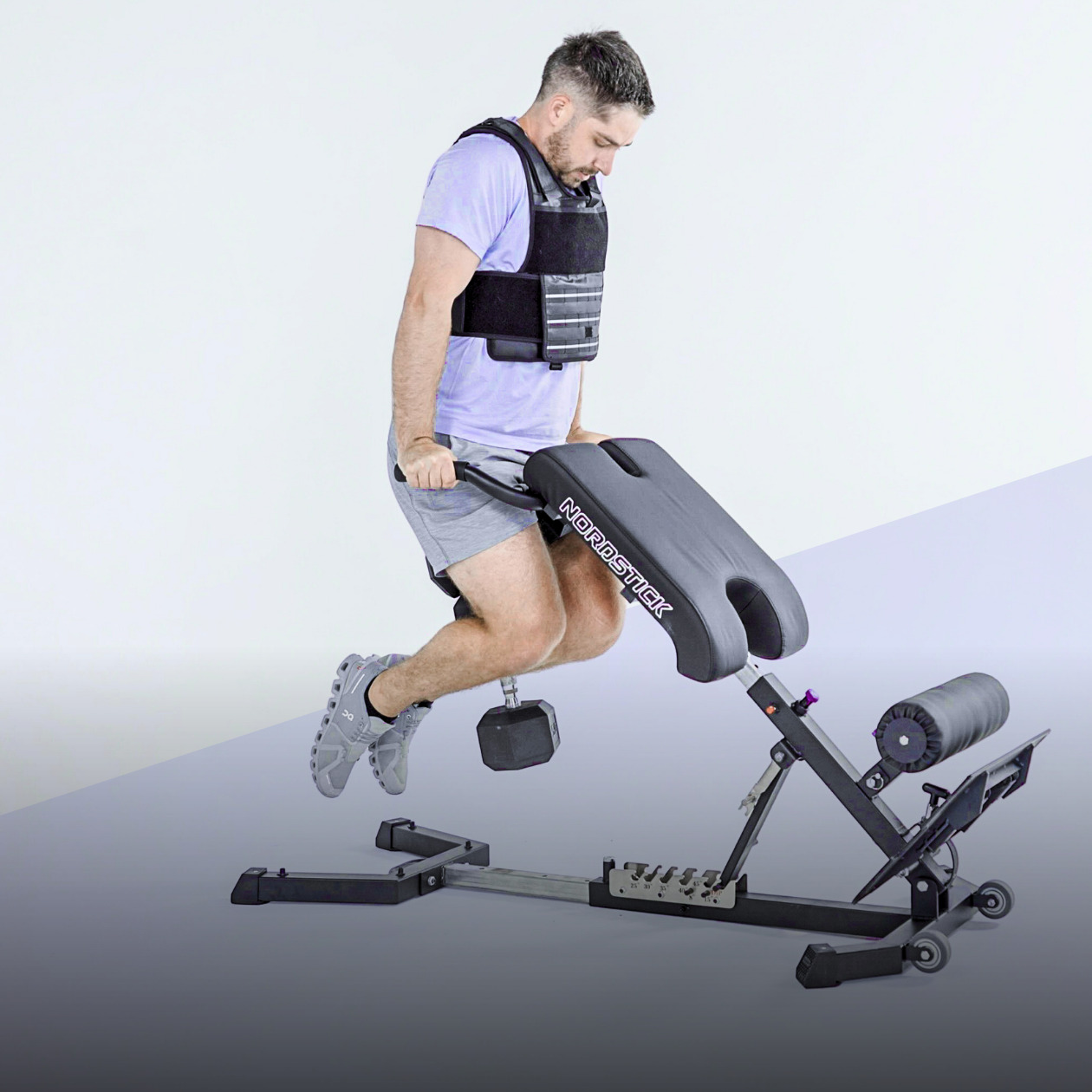

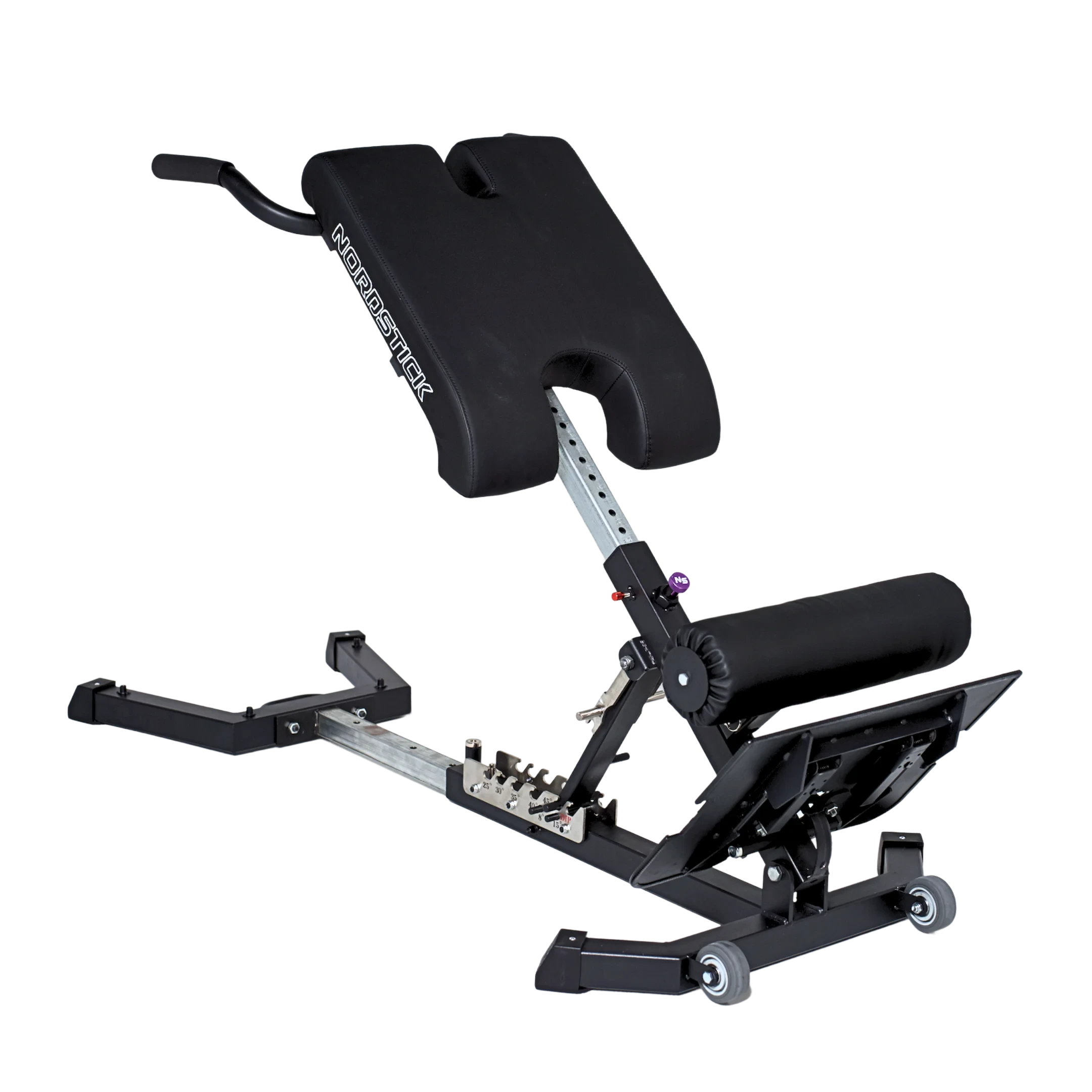
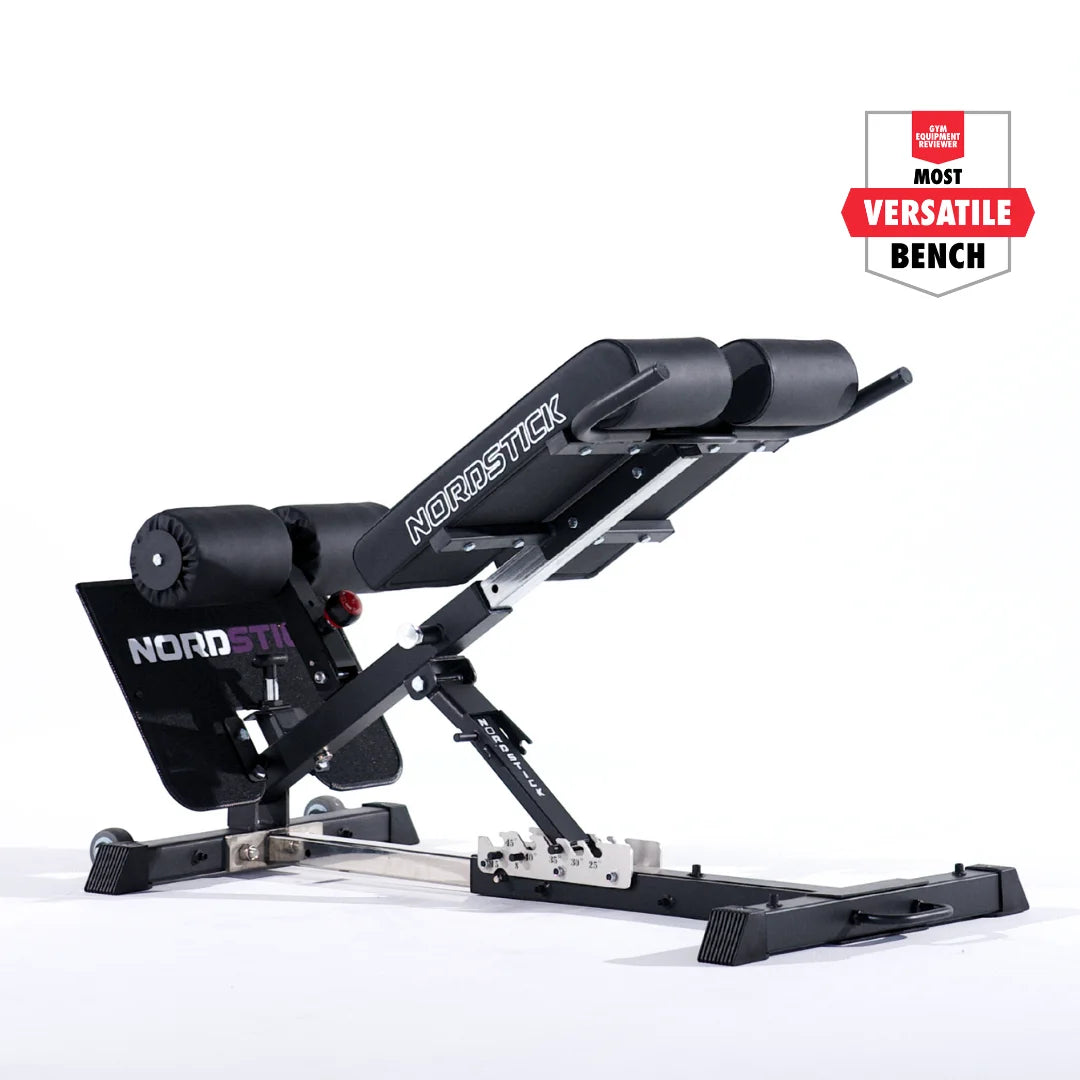





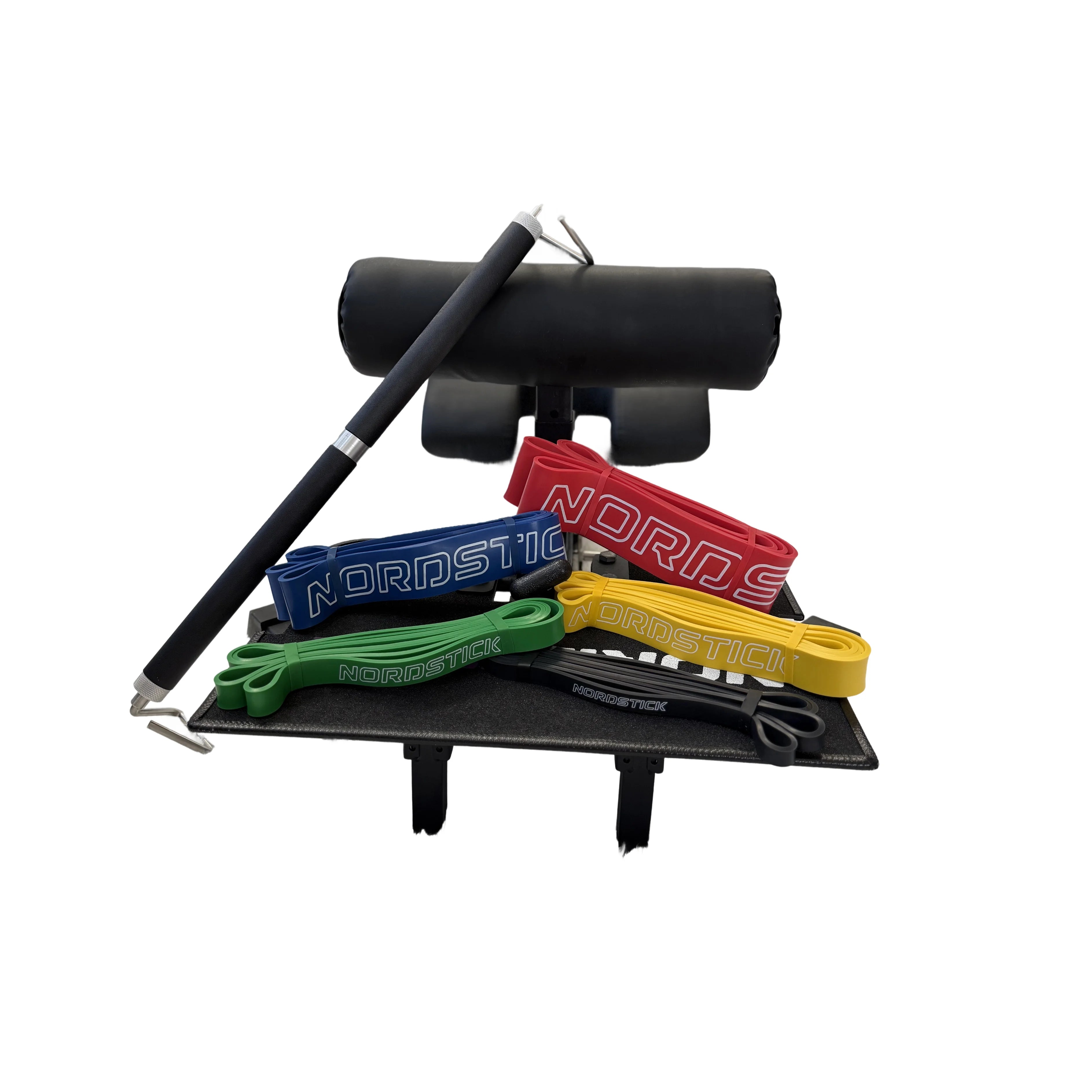

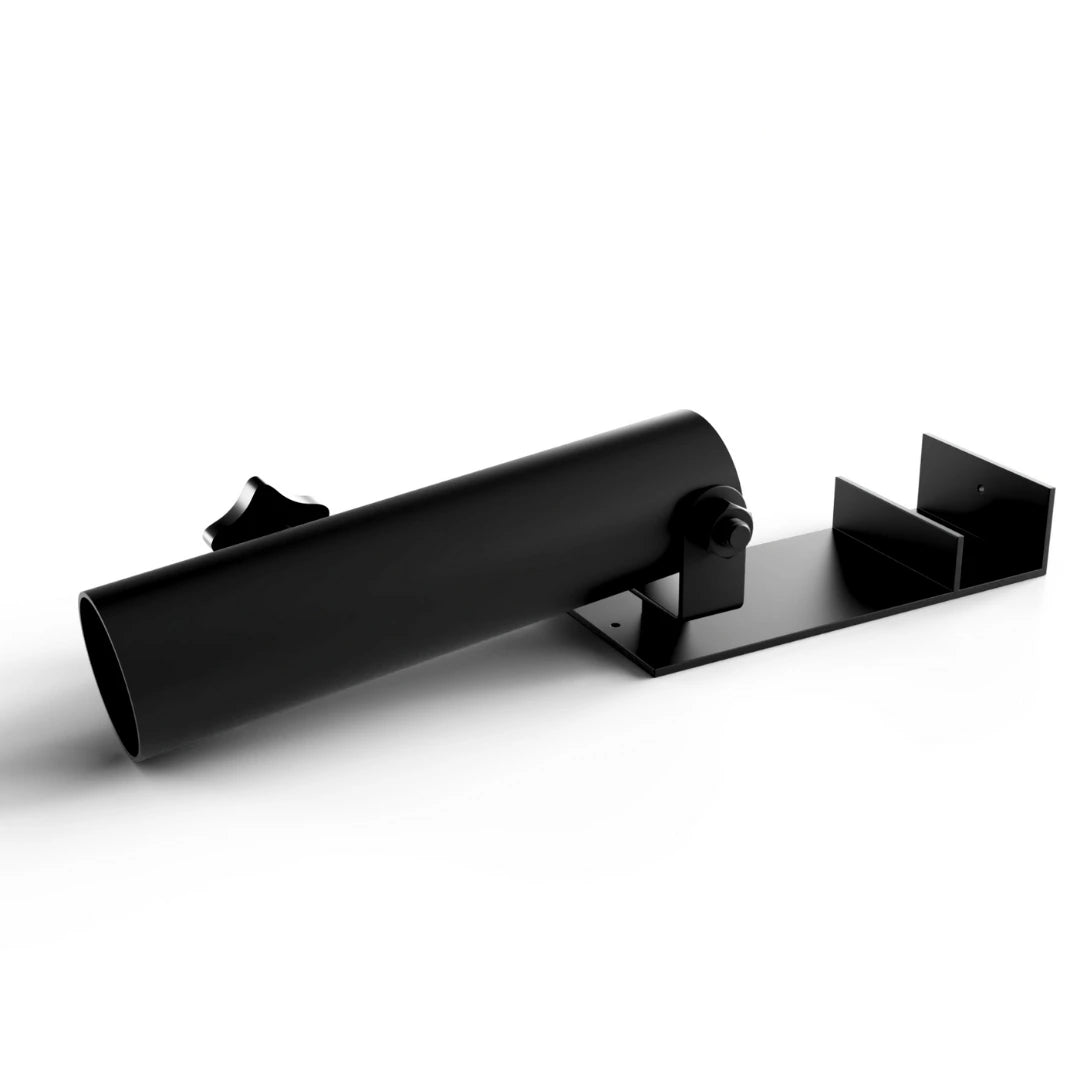
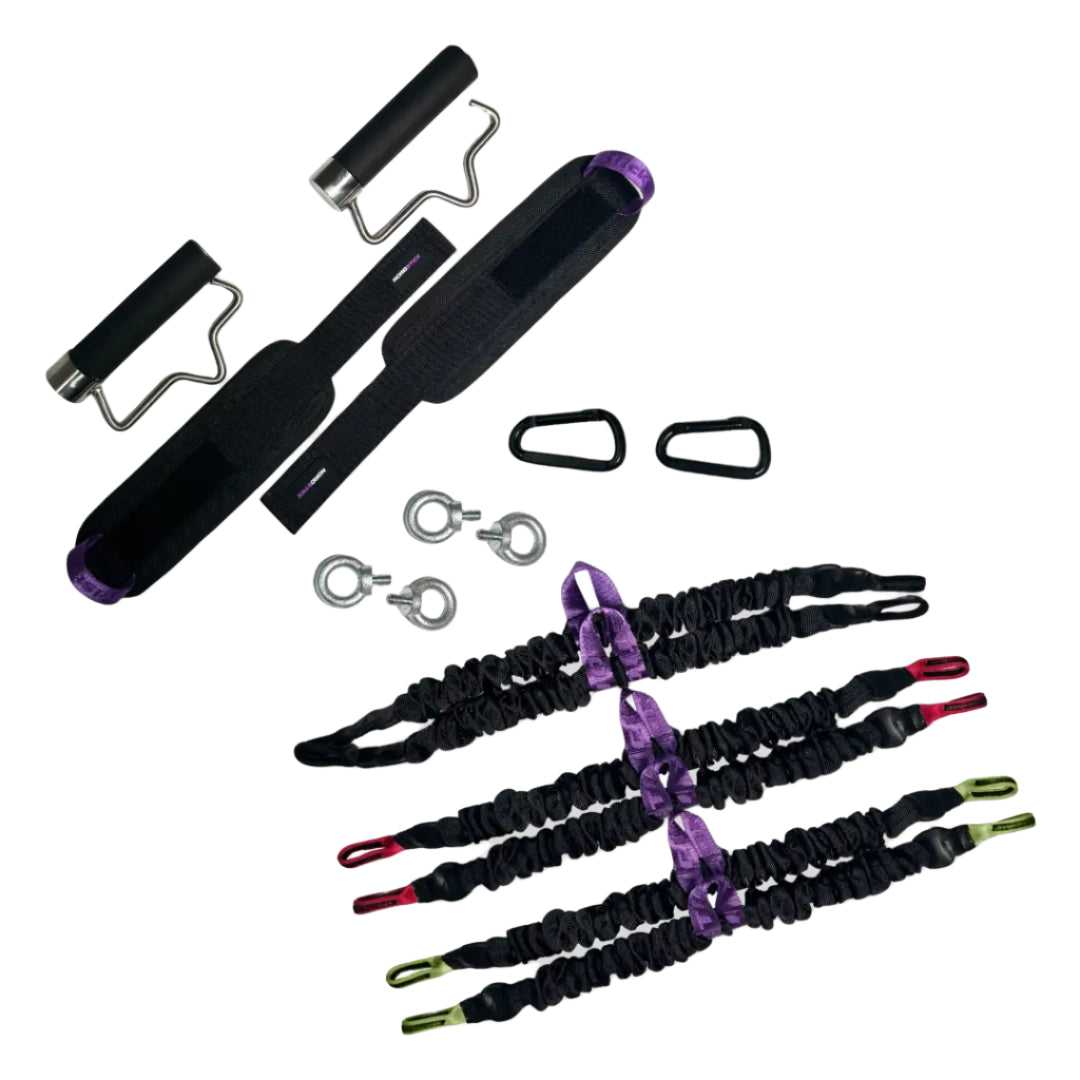




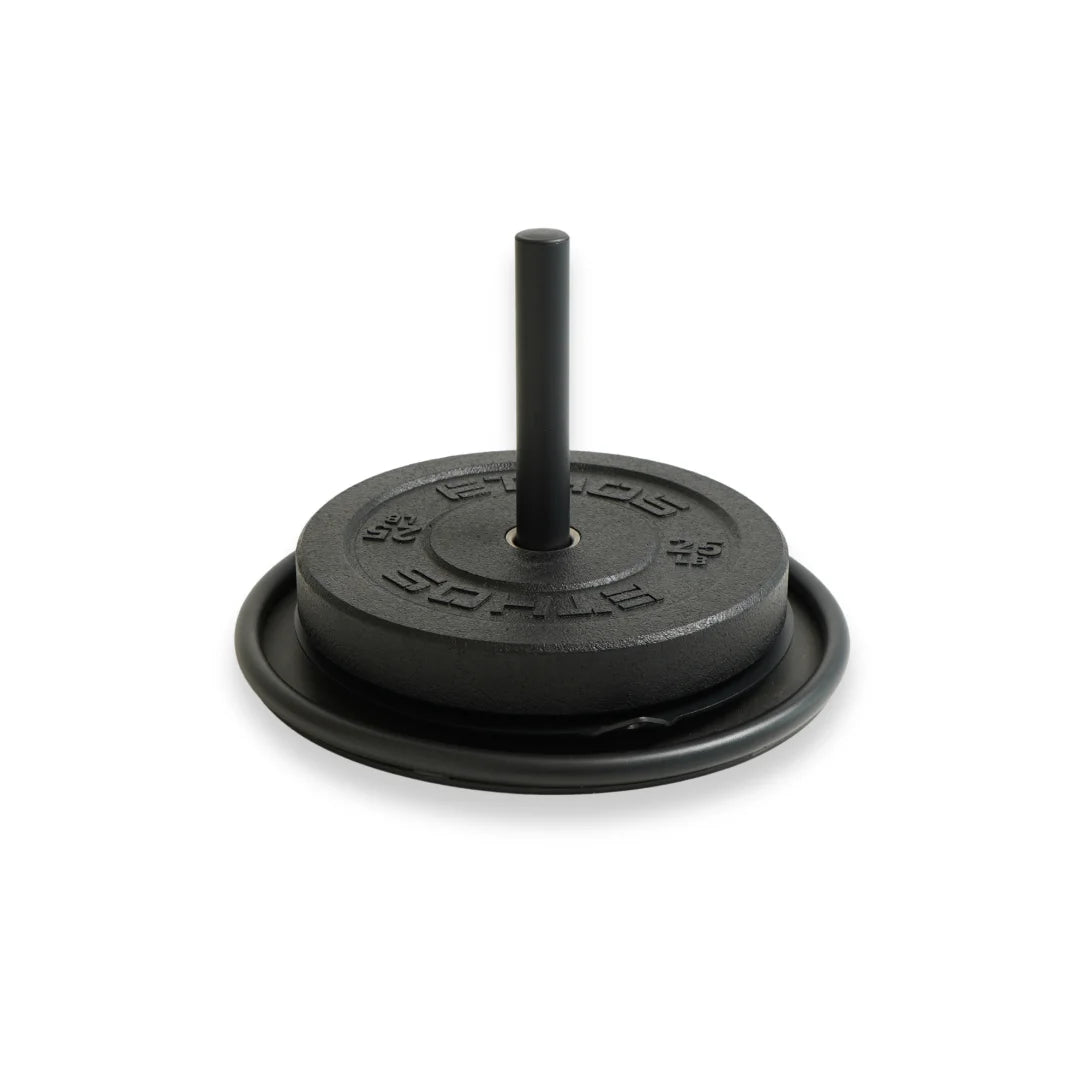
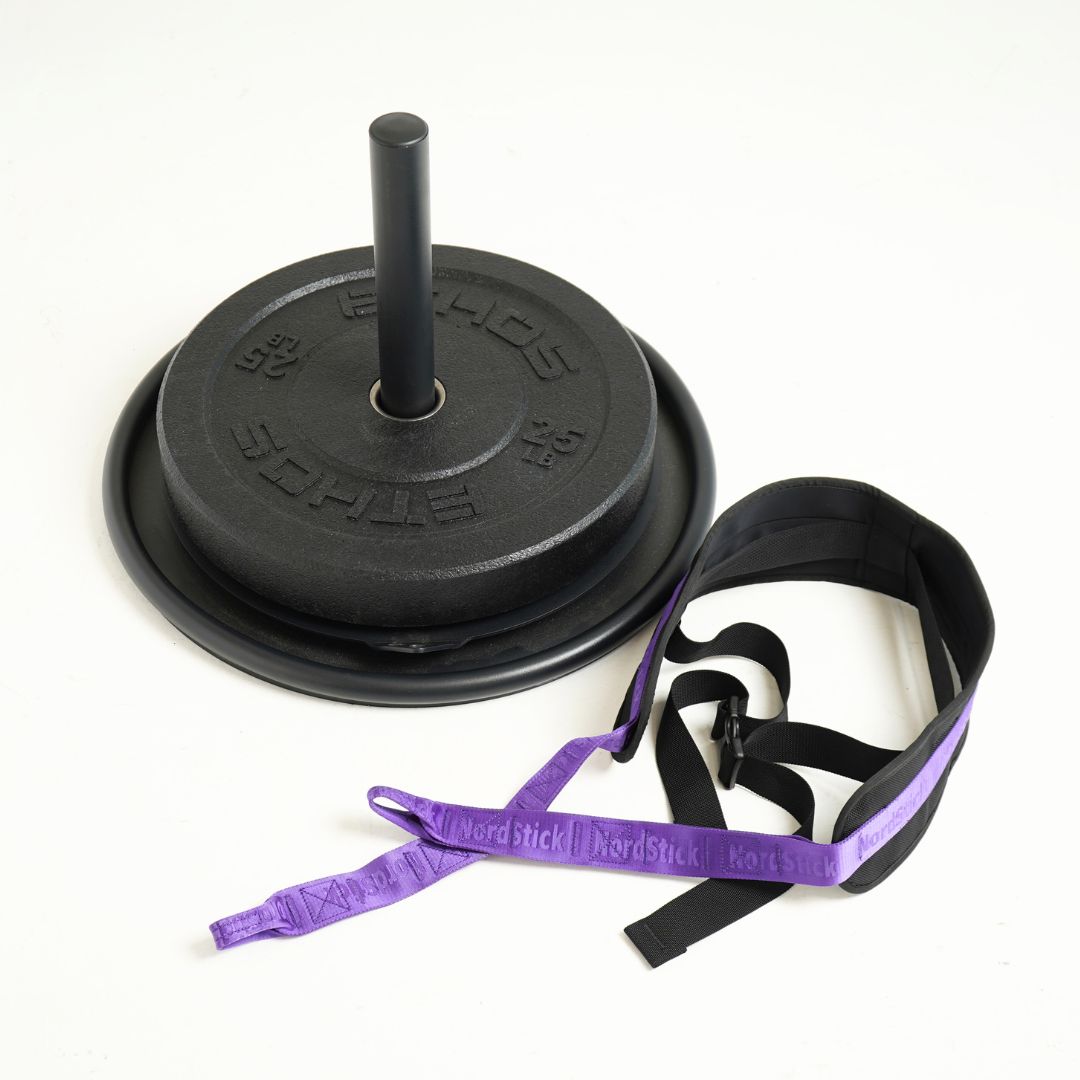
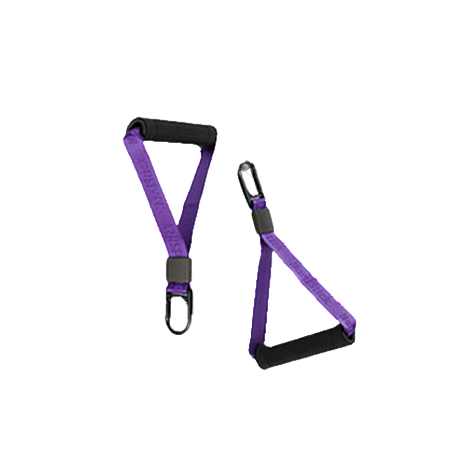
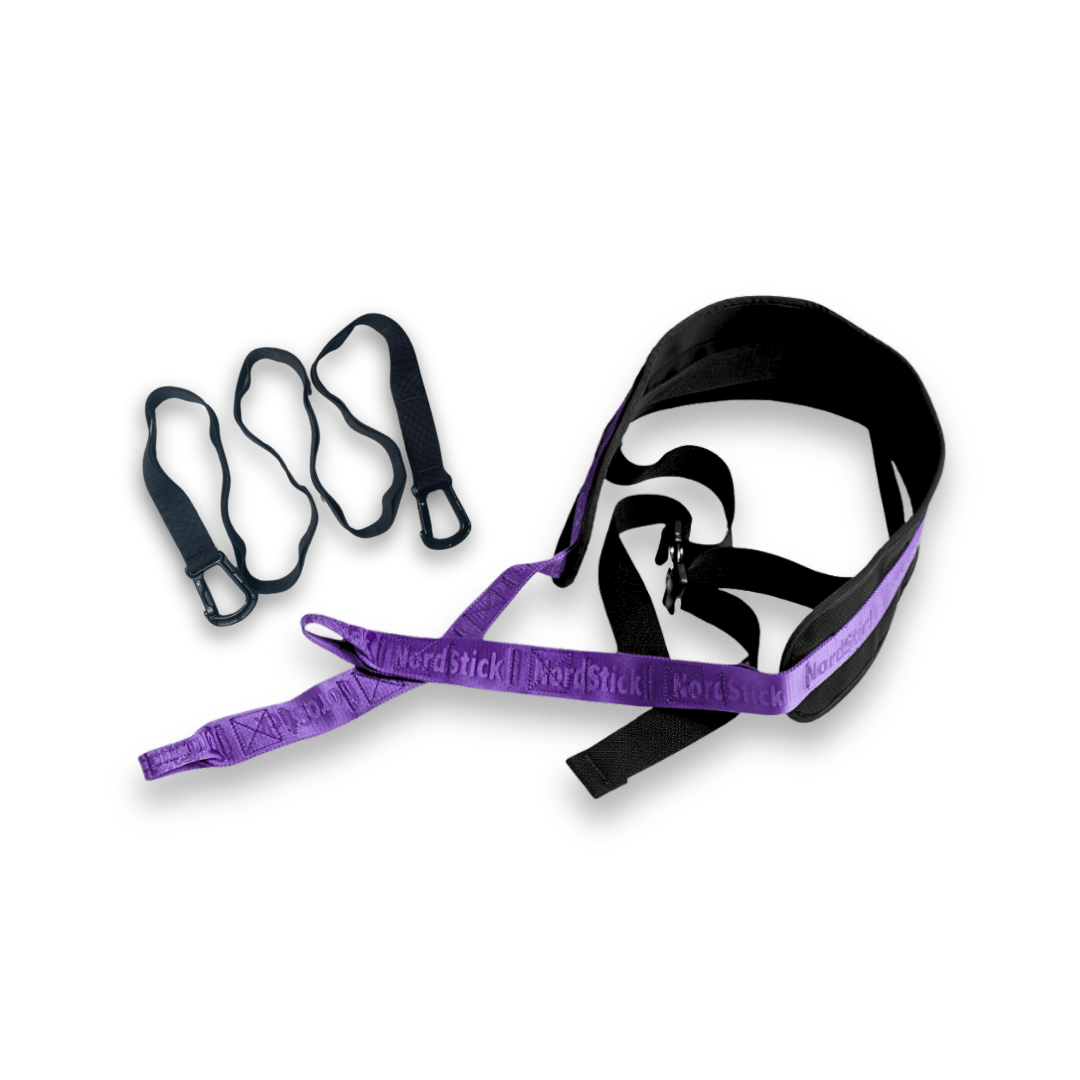











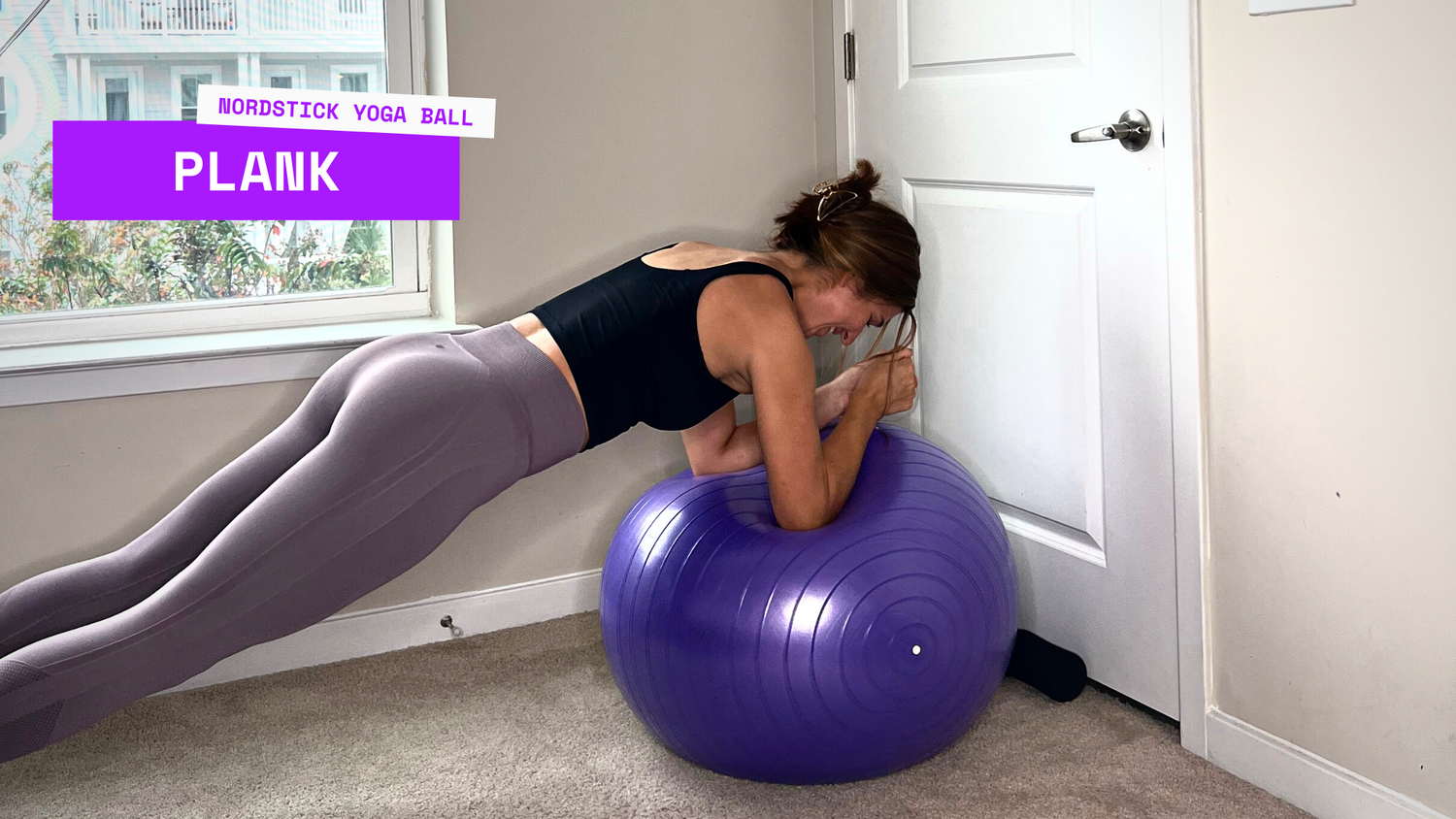
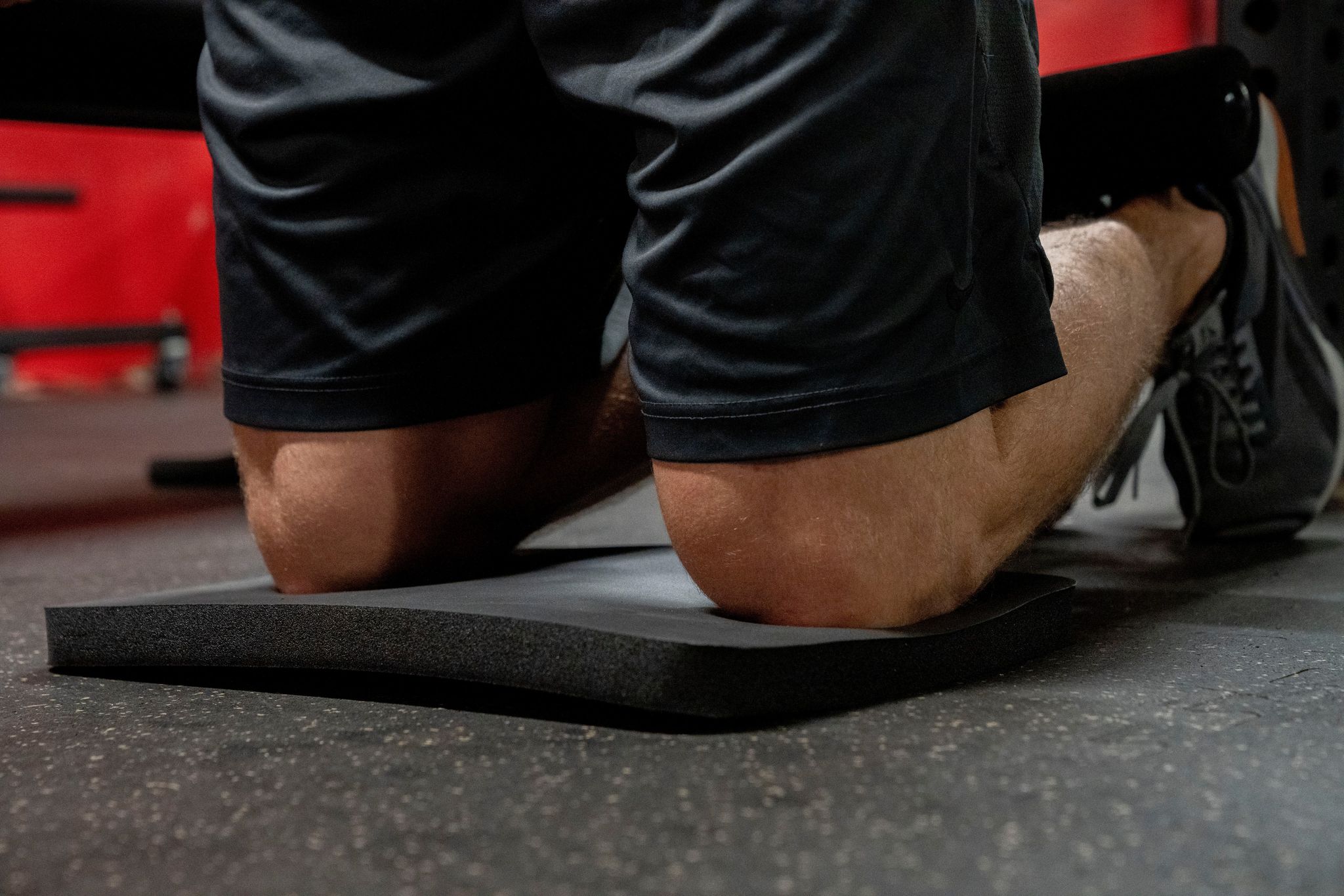
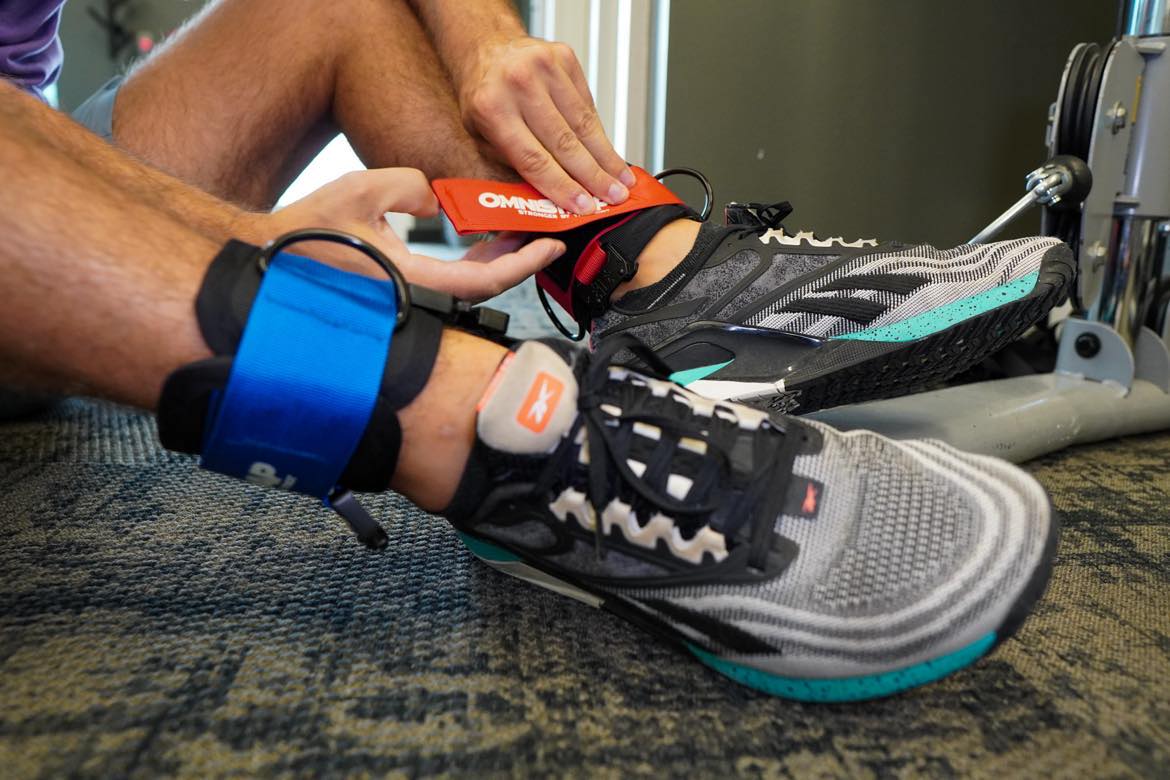
Leave a comment
This site is protected by hCaptcha and the hCaptcha Privacy Policy and Terms of Service apply.